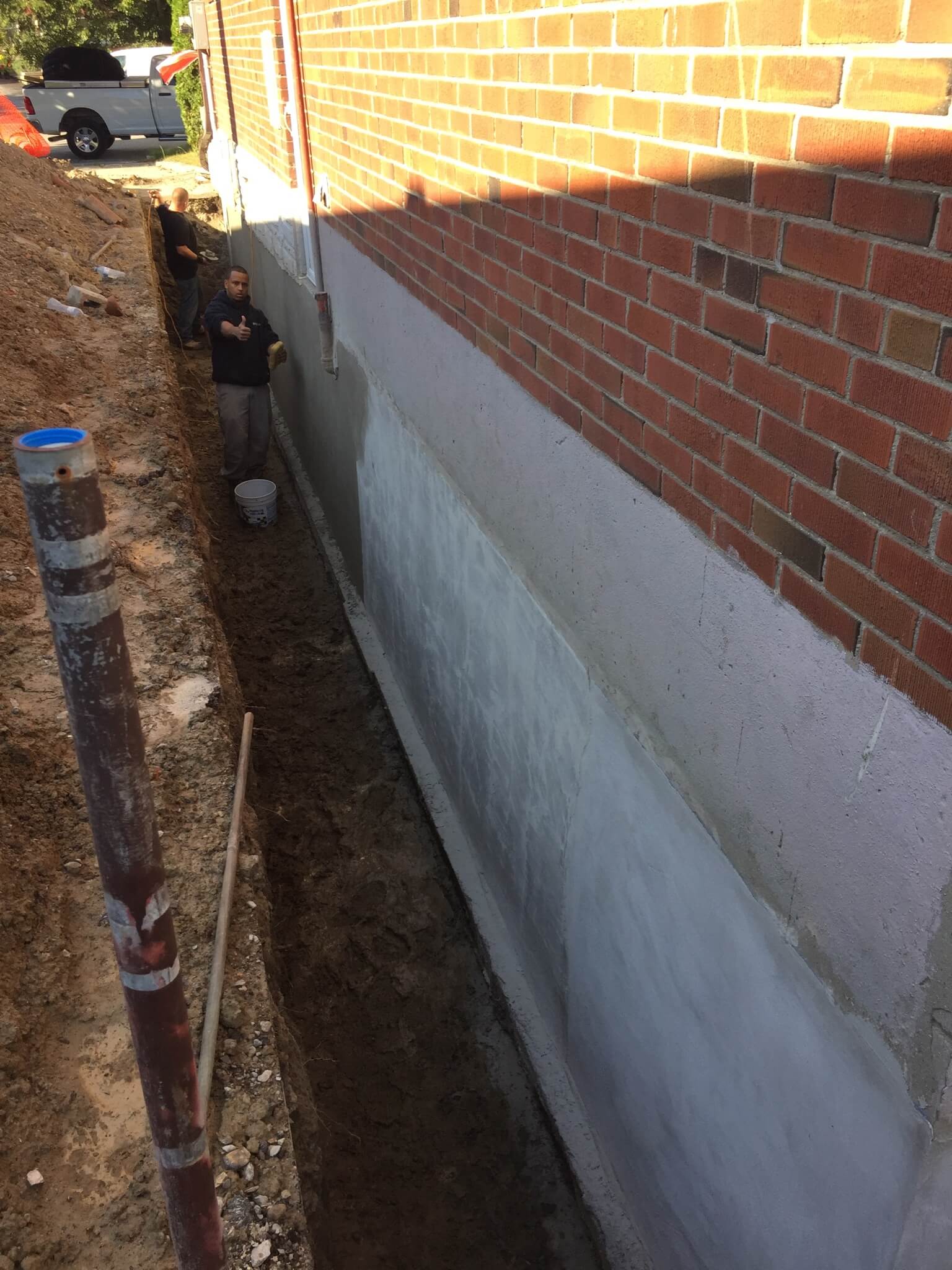Heritage homes are frequently valued for their distinctive architectural attributes and deep narratives, but they also come with distinct obstacles, notably when it comes to waterproofing. As these homes age, their elements and frameworks can turn vulnerable to moisture damage, leading to high repairs and potential health risks such as fungus and dampness. Understanding the importance of moisture protection is crucial not only for maintaining the aesthetic and integrity of these heritage treasures but also for safeguarding the capital that property owners have put in.
In this article, we will examine the multiple moisture control challenges faced by historic properties and dig into methods to lessen water damage. From identifying indicators that your property may need moisture protection to assessing the pros and cons of DIY approaches versus professional services, we seek to provide valuable guidance for property owners. By discussing the specific challenges related to waterproofing in historic properties, we hope to empower you to make proactive decisions in safeguarding your property from the weather.
The Significance of Waterproofing in Historic Dwellings
Waterproofing is essential for historic homes to preserve their structural soundness and avert water damage. These properties often have distinct features, such as original materials and artisan work, which can be affected by moisture infiltration. Water can damage the structural elements, lead to mold growth, and cause irreversible damage to walls, underpinnings, and ceilings. Effective waterproofing guarantees that these beloved residences continue to be protected and inhabitable while preserving their cultural significance.
Ignoring waterproofing in heritage properties can lead to considerable expenditures down the line. When moisture penetrates into structural elements or basements, it can create a cascade of complications, including deterioration and chipping surfaces. Over time, these trivial problems can escalate, leading to expensive interventions or even the removal of classic aspects. By committing to proper waterproofing methods, homeowners can avoid serious issues and save significant amounts in restoration costs, ensuring their homes remain enduring.
In addition to safeguarding against water damage, waterproofing can improve the eco-efficiency of historic homes. By closing gaps and stopping moisture intrusion, residents can maintain a consistent indoor environment, reducing dependence on climate control. https://beadthumb6.bloggersdelight.dk/2025/04/10/common-waterproofing-errors-and-ways-to-prevent-such-problems/ leads to a more pleasant living space but also aligns with eco-friendly principles, making historic homes adaptable and environmentally responsible.
Frequent Waterproofing Issues for Older Structures
Older structures often face specific waterproofing challenges that require careful consideration and expertise. One notable issue is the presence of outdated materials and construction techniques that may not meet contemporary waterproofing standards. Many antique homes were built using porous materials such as masonry, which can absorb moisture and allow water infiltration. Achieving effective waterproofing in these cases often involves customized methods tailored to preserve the building's integrity while enhancing its resistance to water damage.

Another challenge is associated to sinking and movement that aged buildings experience over time. Foundation issues, such as cracks and gaps, can develop, compromising the building's waterproofing solutions. These vulnerabilities can lead to water seeping into cellars, resulting in mold growth and structural damage. Addressing these issues requires a mixture of proper foundation repair techniques and effective waterproofing measures to create a solid barrier against moisture.
Furthermore, the aesthetic preservation of antique homes complicates the waterproofing process. Homeowners often wish to maintain the true appearance of their properties, which can limit the types of waterproofing solutions that can be applied. Balancing the need for effective waterproofing with the desire to preserve architectural features requires experienced professionals who understand both the technical aspects of waterproofing and the historical significance of the building. This challenge makes it vital for homeowners to carefully choose waterproofing methods that align with their preservation goals.
Efficient Methods for Protecting Heritage Homes
Maintaining historic homes demands a thoughtful approach to waterproofing that respects their architectural character. Specialized materials and methods should be utilized to ensure that the original features are not damaged during the waterproofing methodology. For instance, breathable membranes can be used to enable moisture trapped within the walls to release, stopping damage while keeping the home waterproofed. This method stops the buildup of moisture that can lead to mold and architectural issues without enclosing vapor inside the walls.
In addition to breathable membranes, time-honored masonry techniques can play a key role in waterproofing historic structures. Lime-based mortars and plasters are perfect for older homes as they provide adaptability and breathability that modern materials often lack. These materials can help to remove moisture away from the structure while keeping the aesthetic qualities that define historic architecture. This approach not only protects the building from water damage but also preserves its historical character.
Another effective strategy for stopping water damage in historic homes is to focus on proper drainage and landscaping. Ensuring that gutters and downspouts are functioning effectively can channel water away from the foundation, while landscaping features like swales and rain gardens can additionally manage water runoff. By merging these methods with appropriate waterproofing techniques, homeowners can significantly enhance the resilience of historic properties against water damage, ensuring their preservation for future generations.
